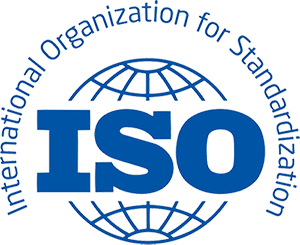Communicate and collaborate anytime, anywhere, and from any device.
The communication solutions of the future for calls, chat, and video, with ready-made integrations for your existing systems.
Business subscriptions tailored to your needs
We let you create the perfect mobile subscription mix for your business, based on your employees' communication needs and availability.

Dstny's Mobile Subscriptions
Dstny offers a business subscription that suits your needs – whether it's for the most basic communication requirements or greater flexibility for employees who travel frequently. The mobile subscriptions are also compatible with our PBX system, ensuring a seamless experience.
.jpeg)
Your needs lead the way
Dstny delivers flexible communication solutions tailored to your company’s needs. We make it easy for your employees to stay connected and collaborate, whether they work fully remotely or in a hybrid setup. Smart integrations and user-friendly services create an efficient and connected work environment, ideal for both internal and external communication.
Our References
Here are some of our satisfied customers from various sizes, industries, and geographical locations. Feel free to read their own words about our service and us as a provider.

Dstny
Dstny is a leading European provider of cloud-based business communication, simplifying the daily lives of over 3 million users. The company's user-friendly and integrable tools are designed for a "mobile-first" world, supporting voice, video, and chat for seamless communication. With innovative technology and a strong local presence, Dstny delivers a first-class user experience for businesses and partners across Europe.

Our quality seal
Dstny's self-monitoring to deliver solutions that meet criteria for quality, environmental responsibility, and security is confirmed through our ISO certifications. We are certified in quality management (ISO 9001), environmental management (ISO 14001), and information security (ISO 27001). This self-monitoring, along with our continuous effort to provide the best possible service experience, is expected to serve as our quality seal for your business.